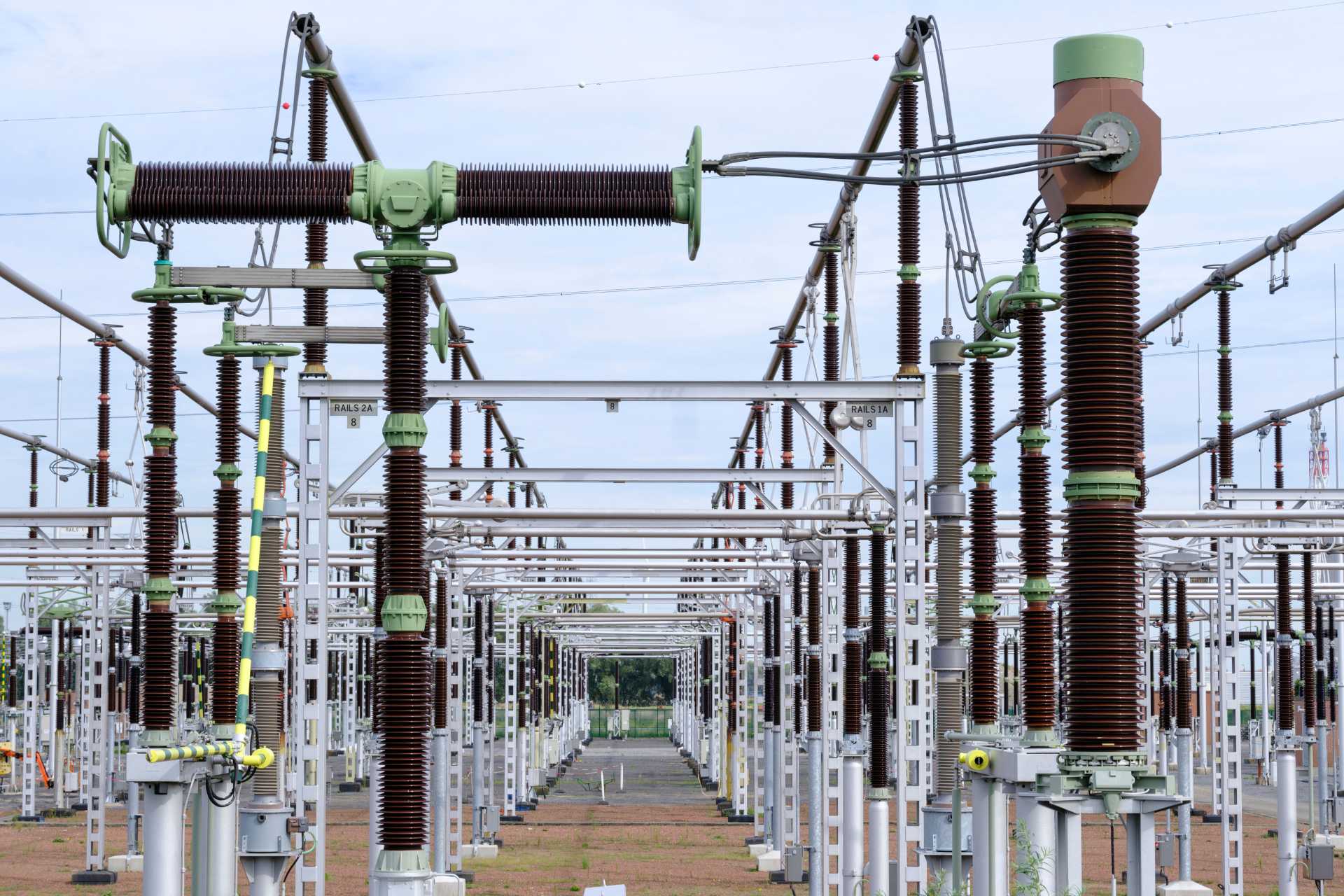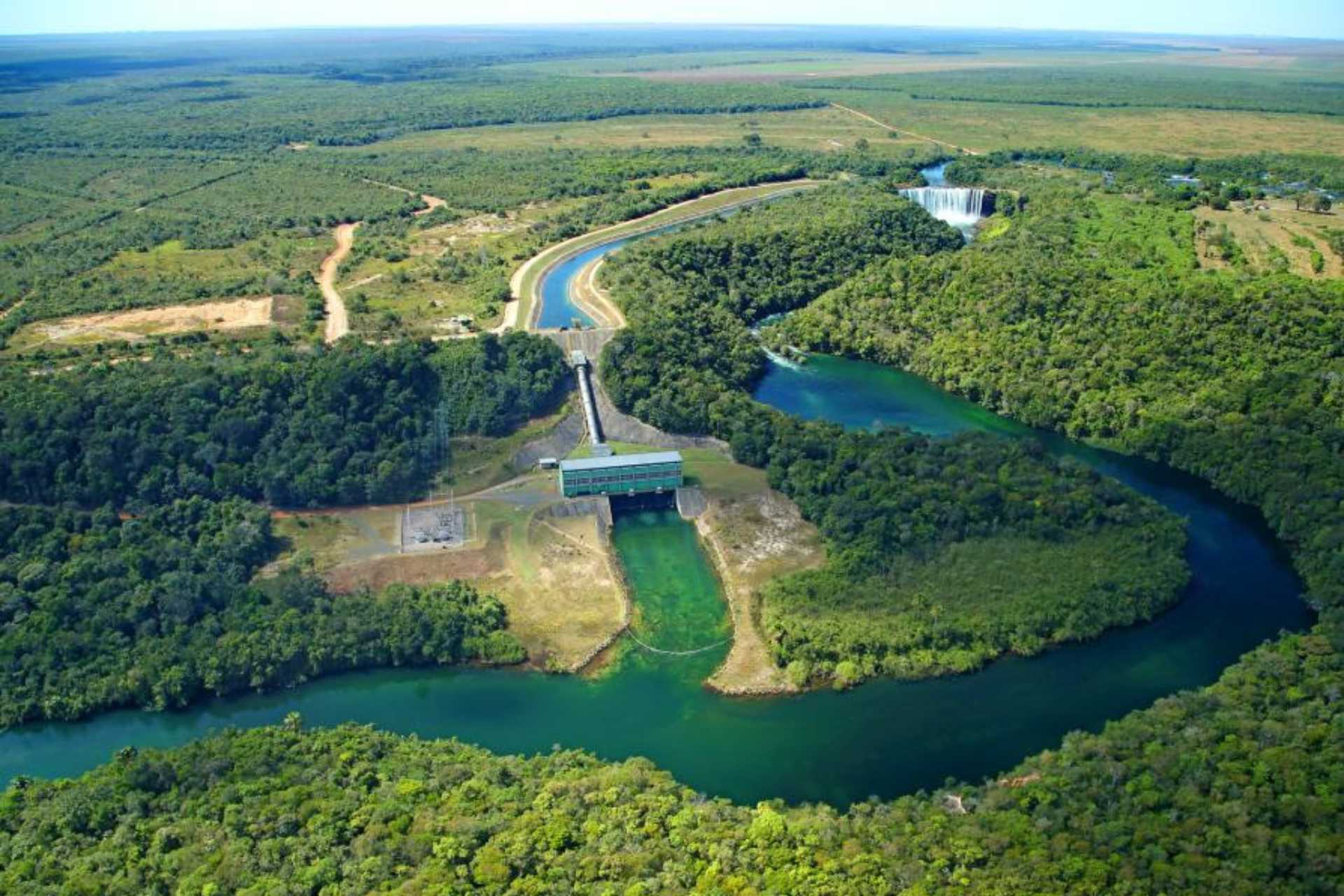
Get the latest climate technology news directly to your inbox.
Report: Utilities can meet short-term load growth without new gas power
An Energy Innovation report unpacks the tools utilities can use to manage growing data center demand.
For more on the load growth to come, check out this recent episode of The Carbon Copy:

Photo credit: Thierry Monasse / Getty Images

Photo credit: Thierry Monasse / Getty Images
The exact pace of energy demand growth in the short term is uncertain — but it’s likely to be dramatic. That’s thanks in part to the increasing role of new entrants like factories and data centers, spurred by IRA domestic manufacturing incentives and the artificial intelligence boom, respectively.
This presents utilities with the conundrum of how to meet the coming growth. And some, reports suggest, are looking to meet staggering load projections with additional gas power.
But according to an Energy Innovation report published today, this potential expansion of fossil fuel infrastructure isn’t necessary. The research instead highlighted the myriad tech and policy options for mitigating near-term load growth, giving regulators time to address long-term solutions for incremental growth.
- The top line: Even in this moment of data center buzz and the quickly updated Integrated Resource Plans that come in response, new gas power is far from the best or only solution to near-term load growth, the report found. A portfolio of solutions, including demand response programs and grid enhancing technologies that can be deployed quickly and cheaply have the potential to make an immense impact.
- The market grounding: As utilities grapple with how to make up the anticipated energy gap, many are looking to meet load projections with additional gas power. Georgia Power, for example, whose 2023 IRP projects load growth of more than 7,000 megawatts by 2031, is calling for 2,400 MW of new gas by winter 2026. And Duke Energy, which is predicting 1,700 MW of new demand, is seeking an additional 2,700 MW of combined cycle gas plants.
- The current take: Author Mike O’Boyle, senior director of electricity at Energy Innovation, said the purpose of the report is to point to alternatives to gas that should encourage regulators to be skeptical about “a panicked rush to new gas power plants” in the coming years. “What we’re including as options in this report are technologies that can meet a short-term need — it’s very specific to the calls to install gas on an expedited timeline,” he said. “We’re not saying that this suite necessarily meets all of the incremental load growth coming to the utility industry.”
The report’s first broad category of solutions, those focused on energy efficiency, nods to the success of utility efficiency programs in the last two decades. Such programs decreased annual electricity demand by around 220 terawatt hours per year between 2006 and 2021.
And while recent years have seen a decline in spending on these types of projects, there’s room for their revival. Utility programs in demand growth hotspots, including the Carolinas, Georgia, Tennessee, and Virginia, have all seen lower-than-average energy consumption reduction.
Both standards and voluntary efficiency efforts may also have a large role to play. The American Council for an Energy Efficient Economy projects that the Department of Energy could reduce peak demand by 90 gigawatts by 2050, just through updating appliance and equipment efficiency standards.
And voluntary industry efforts, particularly those undertaken by the data center world, have already been shown to blunt energy demand growth.
Energy Innovation points to a 2007 Energy Information Administration study projecting data center use to double in ten years. Demand actually remained flat, thanks in large part to energy efficiency gains — skyrocketing load projections in IRPs doesn’t take those potential efficiency gains into account, the report said.

Those voluntary efforts are likely to be very impactful, O’Boyle said, in large part because the biggest players in the data center world don’t want to be associated with new gas plants.
Those companies have the budgets and the willingness to pay for the clean power that would not only power their facilities, but also help them meet corporate sustainability goals, he added: “I think that’s maybe the biggest untapped potential.”
For more on the load growth to come, check out this recent episode of The Carbon Copy:
Tech solutions
On the technical side of these interim solutions, Big Tech can play a similarly big role in the form of demand response programs, which companies like Google are already experimenting with.
“One of the big question marks now is how much demand flexibility can these utilities get from these big data centers?” O’Boyle said. That’s a key question, because new gas capacity is generally used for peak demand, for a handful of hours per year when the grid is under particular duress.
In a separate but related set of solutions, utilities and regulators could prioritize building renewables and storage where interconnection won’t pose a bottleneck, specifically at the sites of retiring coal plants. The report pointed to the RMI research finding that there are 250 GW of clean energy projects that could leverage existing or retiring fossil fuel interconnection rights, especially in the Southeast.
There’s also, Energy Innovation found, immense opportunity to make better use of existing power infrastructure by deploying grid enhancing technologies like dynamic line rating and power flow controllers, and by reconductoring existing lines. The latter alone has the potential to double transmission capacity and come online in as little as a year.
“Utilities can leverage these technologies to open the market for additional resources in the near-term while new transmission projects develop apace,” the authors wrote.

Ultimately, said O’Boyle, demand growth isn’t a bad thing.
“It’s all a really positive economic development story,” he said. “I think the point here is that, at this point in the decarbonization journey, we have this suite of technologies that’s ready today to meet that demand.”
Building new gas capacity should be an absolute last resort, he added, because it will ultimately be a setback to climate goals and net zero targets.
“What utilities decide to do now sets a precedent of what they’ll be able to accomplish or willing to try to meet electrification without increasing emissions.”
Want to know more about how the spike in data center energy use is impacting the grid? Sign up for Latitude Media’s next Transition-AI event, upcoming on May 8. Latitude Media Executive Editor Stephen Lacey will be joined by three experts who offer a range of views on how to address the energy needs of hyperscale computing, driven by artificial intelligence: Brian Janous (co-founder of Cloverleaf Infrastructure and former VP of energy at Microsoft), John Belizaire (CEO of data center developer Soluna), and Michelle Solomon (senior policy analyst at Energy Innovation).





